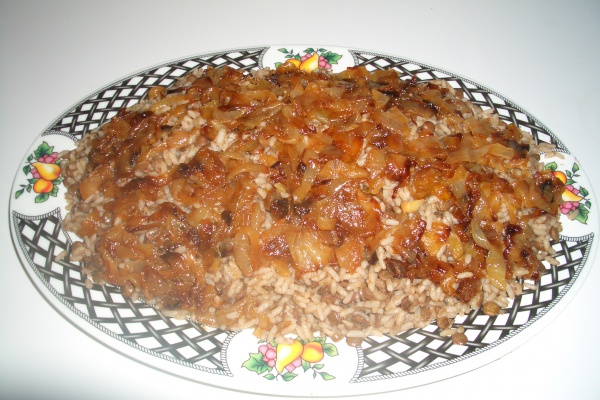Facts About Mujaddara
Mujaddara is a delightful dish made from cooked lentils mixed with grains, usually rice, and topped with sautéed onions. The name "Mujaddara" derives from the Arabic word meaning "pockmarked" describing the appearance of the lentils in the rice. The dish has a rich history, with the earliest known recipe dating back to 1226 in a cookbook titled "Kitab al-Tabikh" by al-Baghdadi from Iraq. Originally, it included rice, lentils, and meat, and was served during celebrations. Over time, it evolved into a staple for the poor and is believed to be a derivative of the biblical "mess of pottage" that Jacob used to buy Esau's birthright.
Variations of Mujaddara can be found across the Middle East, each with its own unique twist. In Lebanon, for example, it can be either puréed or made with whole grains and lentils. In Israel and the Palestinian Territories, bulgur sometimes replaces rice. The dish is often garnished with caramelized onions and served with yogurt.
Mujaddara holds a special place in many cultures. Arab Christians traditionally eat it during Lent, while Jewish communities of Middle Eastern descent also enjoy it, often made with rice. In some Jewish traditions, it's known as "Esau's favorite" and is typically eaten hot on Thursday evenings and cold on Sundays.
Similar dishes can be found in various cuisines around the world. In Egypt, there's kushari, which combines lentils, rice, macaroni, and tomato sauce. In India, a similar dish called khichdi features lentils and rice. Iranian cuisine offers Addas Polo, another rice and lentil combination. Meanwhile, in Cypriot cuisine, "fakes moutzentra" is a close relative of Mujaddara, consisting of lentils and rice.

 Egypt
Egypt